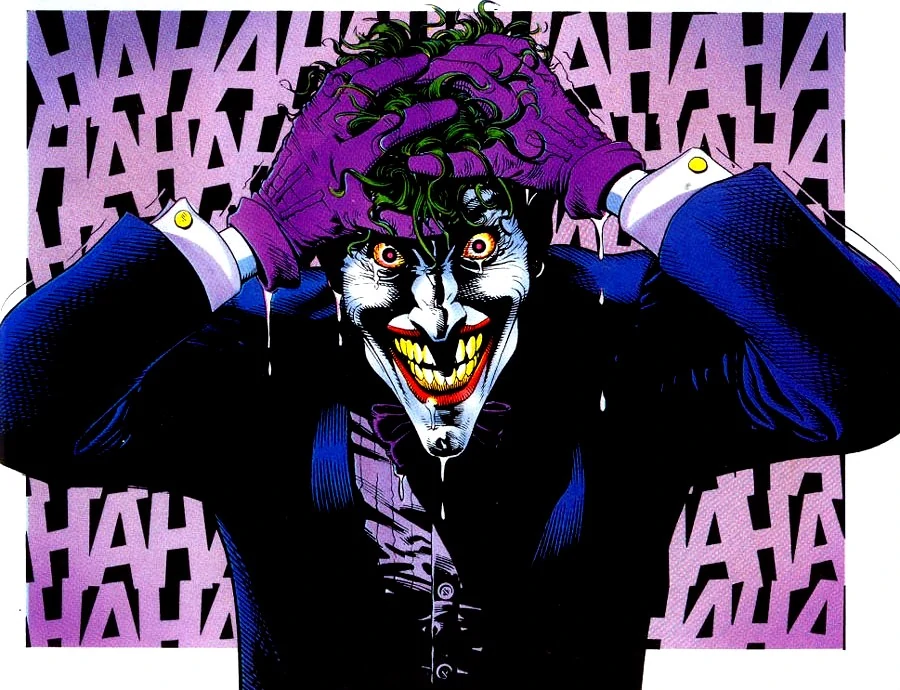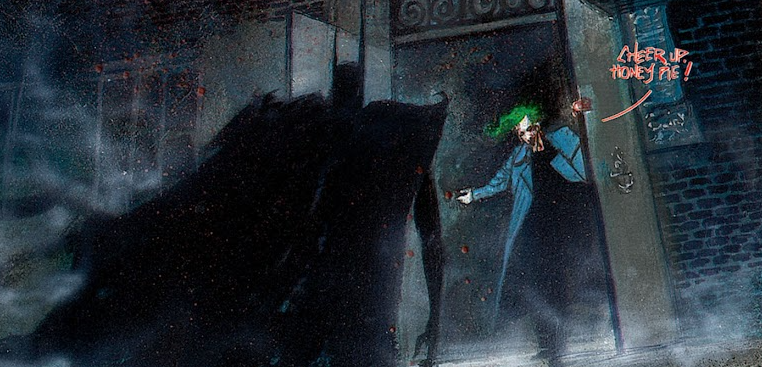
Joker: Folie à Deux Review | You Get the Music You Deserve
Year
Runtime
Director
Cinematographer
Production Designer
Music by
Country
Format
Genre
Five years after winning the Golden Lion, Joaquin Phoenix and director Todd Phillips return to the Venice Film Festival with a reprise of their Academy Award-winning, billion-dollar success. A sequel under the sign of self-referential cinema, Joker: Folie à Deux is to Joker what the Sophocles’ Oedipus at Colonus is to the Oedipus Rex. Whereas the Rex and the 2019 movie consist in the unfolding of a psychodrama, Colonus and Folie à Deux come in on the aftermath and set a stage where the characters try to make sense of the faults committed, the wrongs suffered, and their life as a whole.
Arthur Fleck (Joaquin Phoenix) is locked in Arkham Asylum, waiting to be judged by rampant D.A. Harvey Dent for his crimes. To avoid the death penalty, Fleck’s lawyer (Catherine Keener) attempts to plead for insanity and suggests Fleck blame the murders he committed on a violent, dark personality forged by trauma: the Joker. As the televised trial gets closer and the Joker’s followers get more erratic, things will take a dramatic – and musical – turn when Arthur finds love in another Arkham inmate, Harleen “Lee” Quinzel (Lady Gaga).
“Love is these blues that I’m singing again.”
I don’t understand. In musicals, why do they start to sing and dance all of a sudden? I mean, I don’t suddenly start… to sing and dance.
Dancer in the Dark (2000) directed by Lars von Trier
A jukebox musical, Joker: Folie à Deux resorts to the cover of blues classics and makes references to milestones of the musical films. But at the end of the day, the movie is the child of two postmodern renditions of the genre: Rob Marshall‘s Chicago (2002) – Phoenix even rehashes one of the highlights of the movie, the tip-tap number performed by Richard Gere – and Lars von Trier‘s Dancer in the Dark (2000).
Like Chicago, Folie à Deux depicts the trial as another kind of performance where the anti-hero gets to tell their version of the story and maybe get away with murder. If the courtroom is a stage where the truth – rather than found – is made and performed, one might as well take the stand with a tune. With Dancer in the Dark, on the other hand, Folie à Deux shares the narrative “justification” for the musical numbers. Both movies try to salvage suspension of disbelief by presenting the singing and dancing as a product of the protagonist’s imagination and a way to express his interior world rather than full stops in the flow of the plot.
Give Life Back to Musicals
As such, the movie aims to hit two birds with one stone by taking advantage of the stylistic freedom that the musical allows while not putting off mainstream audiences, wary of a genre that has long lost its place in the sun.
Phillips and Gaga even stressed on multiple occasions that they don’t even see Folie à Deux as a musical (“I’m actually very careful not to use the word musical when I describe this film because I feel like that limits the way that anyone might think about it before they watch it,” claimed the singer-songwriter).
While much of the flair and pageantry that define the musical film get lost in the compromise, this strategy might eventually win the hearts of the “main character syndrome” generation. After all, although romanticizing one’s life through music is nothing new, if there’s a generation that does it on a daily basis and in front of their followers it’s this one.
Deconstructing Joker
It is very fitting that a pop star was cast for the role of Lee Quinzel (read: Harley Queen). It would be incorrect, though, to say that Gaga fits the role, for the exact opposite process is happening. Gaga doesn’t look the part of Harley Queen; she assimilates her figure to her own. By doing so, she strengthens that larger-than-life, multimedia character which is Lady Gaga herself. But what would usually be a flaw (the viewer never being able to relate to the character because they can’t forget about the star playing it) in the context of Joker: Folie à Deux becomes a chance to lay the cards on the table.
The movie uses one of the most famous comic villains to kick-start a debate on stardom and spectacle. The idea (shared by another film in competition, Pablo Larraín‘s Maria) is that for a star to be born – that is, socially constructed – the person behind the icon must be torn apart. This construction is carried out by the person crafting a character upon themselves and by their audience. In other words, it’s not Norma Jeane Baker that made Marilyn Monroe, but Marilyn’s fandom. The love and projection of admirers, secret and overt, turned her into the ultimate diva, even more than her actual works. Folie à Deux argues that the same goes for Arthur Fleck/Joker.
Folie à Deux re-affirms its predecessor’s core: the world around Fleck made him into the Joker. But while the 2019 film did so by detailing how and why a troubled individual got pushed to the edge, the sequel shows several characters trying to dress up Fleck as Joker for a show that will make sense of their own life, and impose upon him a part that he might not want to play until the curtain call.
Court’s adjourned
Between the lines, though, in Folie à Deux, one can also read an attempt to handle, if not neutralize, the controversial allure that the predecessor had (Phoenix’s Joker became soon, and inadvertently, an icon of the incel sub-culture, and vigilantism in general). To be more provocative, Joker: Folie à Deux, at times, looks a lot like a closing argument in defense of Phillips and associates from the accusation of sympathies for the devil. Their strategy: following up a film accused of romanticizing violence with a sequel that acts as a commentary on the act of romanticizing itself. Whether it will succeed or not (the effort might backfire since it blames it all on the fans while downplaying the authors’ responsibilities) is, once again, up to the audience – judge, jury, and executioner.
Tag
Buy a ☕ for Hypercritic










